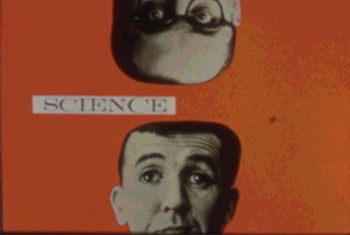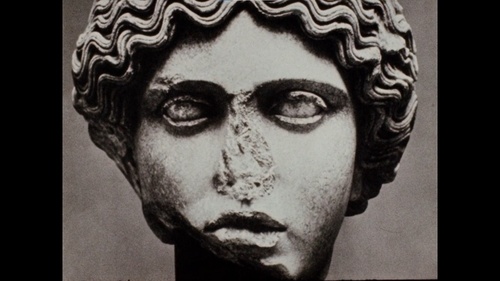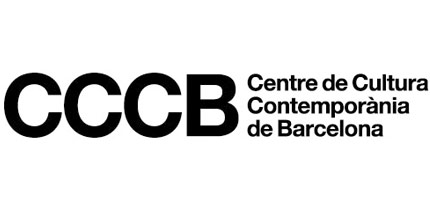Xcèntric. 13th season 2013-2014
Ways of seeing. Science Friction
Audiovisuals
Vertov observed that the cinema camera had the same functions as the microscope or the telescope: to enlarge the visible and supplement sight. Documentary and experimental cinema is, then, based on science, the camera as an instrument of knowledge and disclosure of the invisible. This programme groups together research and discoveries about speed, medical experiments and contemplation of the infinitesimal or molecular and the huge, of other perceptible worlds and their resplendent forms. Made as experiments by scientific filmmakers, like Peter Whitehead who filmed The Perception of Life through microscopes used from the 17th to the 20th centuries, including the electron microscope with which Francis Crick discovered the structure of DNA, these films—sometimes with a touch of irony—are also experiments with the photosensitive support and cinema.
Homme nu, mains, insectes, Étienne-Jules Marey and Georges Demeny, 1892, video, 3 min; Éclatements de bulles de savon (1907), Projectile de canon de 37 mm (1919) and Balle de revolver traversant une plaque en verre (1924), Lucien Bull, video, 2 min; Séparation des sœurs siamoises, Dr. Eugène Doyen, 1902, 16 mm, silent, 5 min; Formation de cristaux aux dépens d’un précipité amorphe, Dr. Jean Comandon and Pierre de Fonbrune, 1937, 35 mm, 9 min; Le mouvement brownien, Maurice Françon, 1960, 16 mm, 2 min; Cristaux liquides, Jean Painlevé, 1978, 16 mm, 7 min; The Perception of Life, Peter Whitehead, 1964, 14 min; Science Friction, Stan Vanderbeek, 1959, 16 mm, 10 min; …These Blazeing Starrs!, Deborah Stratman, 2011, 16 mm, 14 min; History, Ernie Gehr, 1970, 22 min.
This activity is part of Xcèntric. January-March 2014, Xcèntric. 13th season 2013-2014




